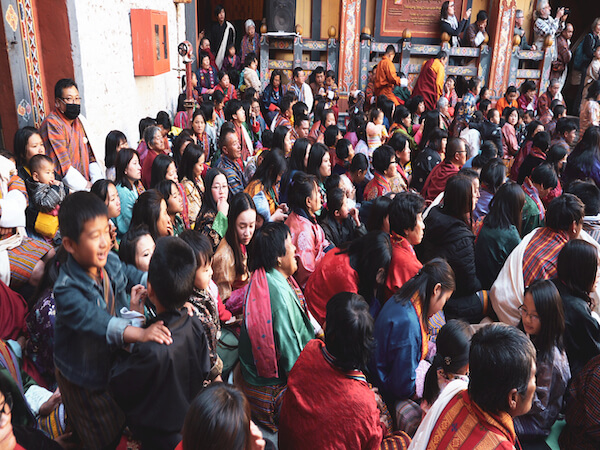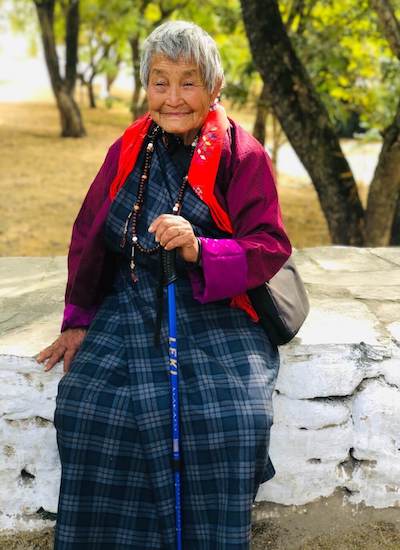 The estimated population of Bhutan as per 2017 statistics is 7,35,553 with a growth rate of 1.3% per year. The rural population makes up the population of Bhutan about 62.2% of the total population of Bhutan and the Thimphu district has the largest population constituting 19.1% of the total population of the country, while the least populated is the Gasa district with 0.5% of the population. The population density in the country is 19 persons/km sq.
The estimated population of Bhutan as per 2017 statistics is 7,35,553 with a growth rate of 1.3% per year. The rural population makes up the population of Bhutan about 62.2% of the total population of Bhutan and the Thimphu district has the largest population constituting 19.1% of the total population of the country, while the least populated is the Gasa district with 0.5% of the population. The population density in the country is 19 persons/km sq.
The literacy rate of Bhutan is 71.4%, and the highest literacy rate is observed in Thimphu at 83.9%, followed by Trongsa (77.2%) and Chhukha (75.1%), while Gasa district had the lowest (59.8%). As of 2017, the overall life expectancy of Bhutan was 70.2 years with a female life expectancy rate higher as 71.7 years while males is 68.8 years.
There are 163,001 regular households in the country with an average household size of 3.9 persons. About 96.6 percent of the households in the country use electricity for lighting and about 98.6 percent of the total households have access to improved sources of drinking water. The network of roads has expanded and about 92 per cent of the households in the country are within 30 minutes of walking distance from the nearest motor road.
More than 90% of the population follows Buddhism as their only religion. The people of Bhutan are warm and friendly and the increasing number of tourist arrivals in the country every year proves their unmatched hospitality. A significant number of Bhutan’s population is engaged in tourism and travel-related activities.
 Broadly, three main ethnic groups constitute Bhutan’s population:
Broadly, three main ethnic groups constitute Bhutan’s population:
Sharchops: living in the eastern part of Bhutan, recognized as original inhabitants of the country and are of Indo Mongoloid origin.
Ngalops: are descendants of Tibetan immigrants who arrived in Bhutan in the 9th century and settled in the western part of the country.
Lhotshampas: this Nepalese group began settling in the south in the late 19th century. The Lhotshampa represents different Nepali-speaking ethnic groups primarily – Brahman, Chettri, Gurung, Rai & Limbu.
The other smaller groups include the Monpa tribe in central Bhutan, the Doya in the southwest, the Brokpa in the extreme east, and the Layap in the extreme northwest. The villages of Laya and Lunana in the Bhutanese Himalayas are some of the highest and most remote human settlements on earth. Layaps or people who live there are semi-nomadic yak herders who spend time between the villages and high-altitude yak herding camps. Whether it is a trek to the sacred mountain of Jomo Kuengkhar, or to witness the rare Yak and Ache-Lhamo dances, or listening to the timeless tales of the Yeti, there are many wonderful reasons for a sojourn in Merak & Sakteng valleys in the extreme corner of eastern Bhutan and these valleys are home to semi-nomads called Brokpa who own fascinating culture and customs.
Bhutanese women play an important role in decision-making and running houses. They enjoy equal status and rights with men politically, and economically. Matrilineal inheritance systems grant women access to land, as well as ownership. Today, education along with new job opportunities have enabled women to improve their socio-economic status further.